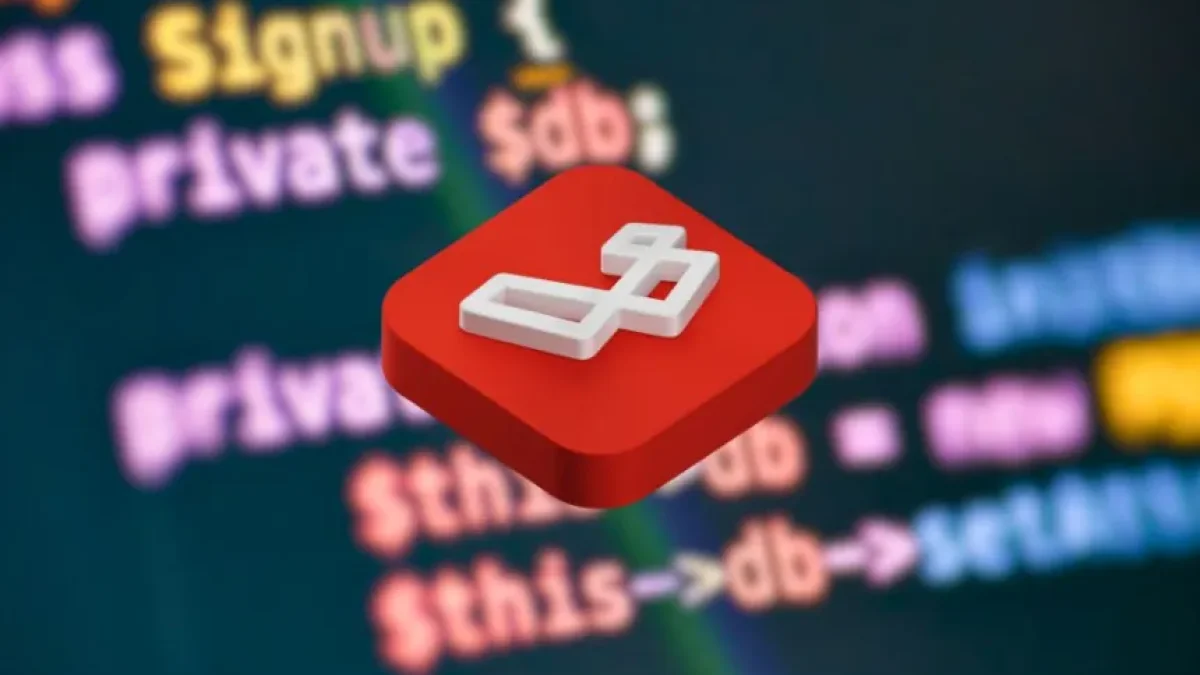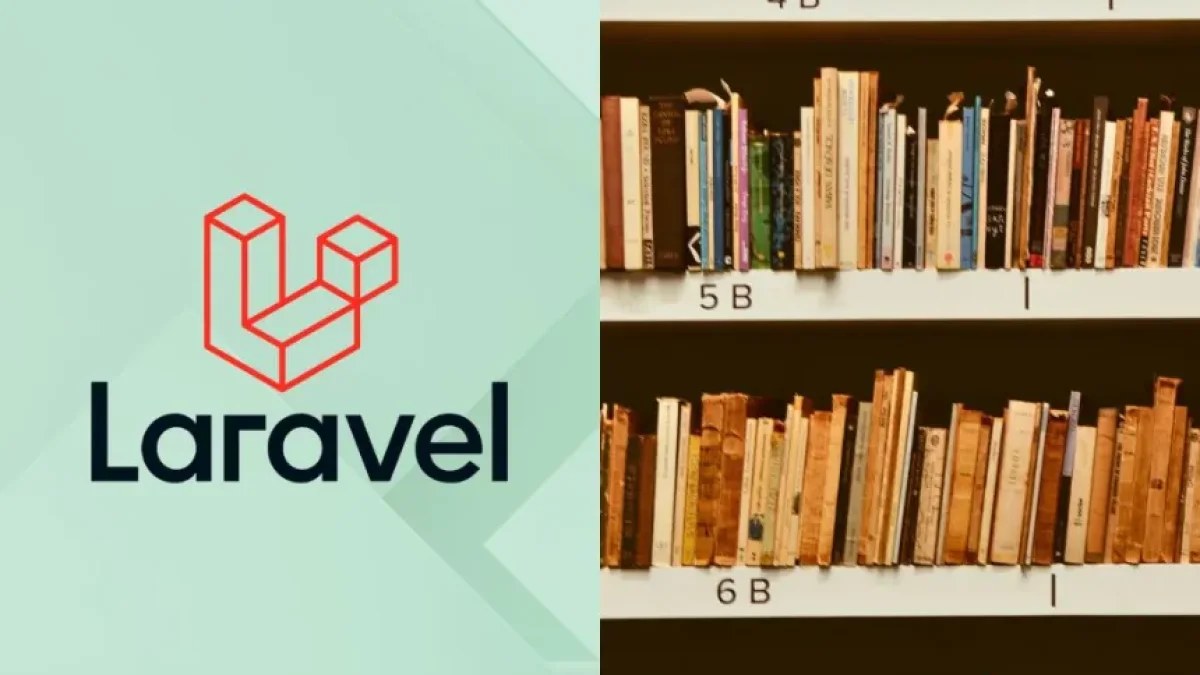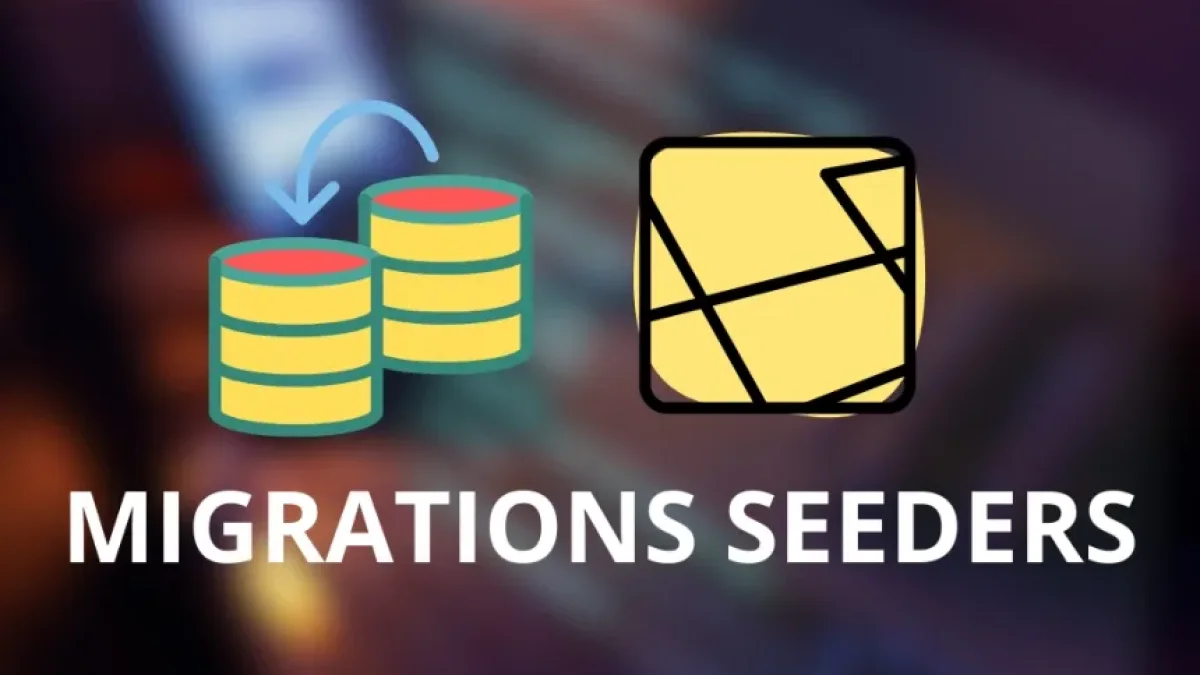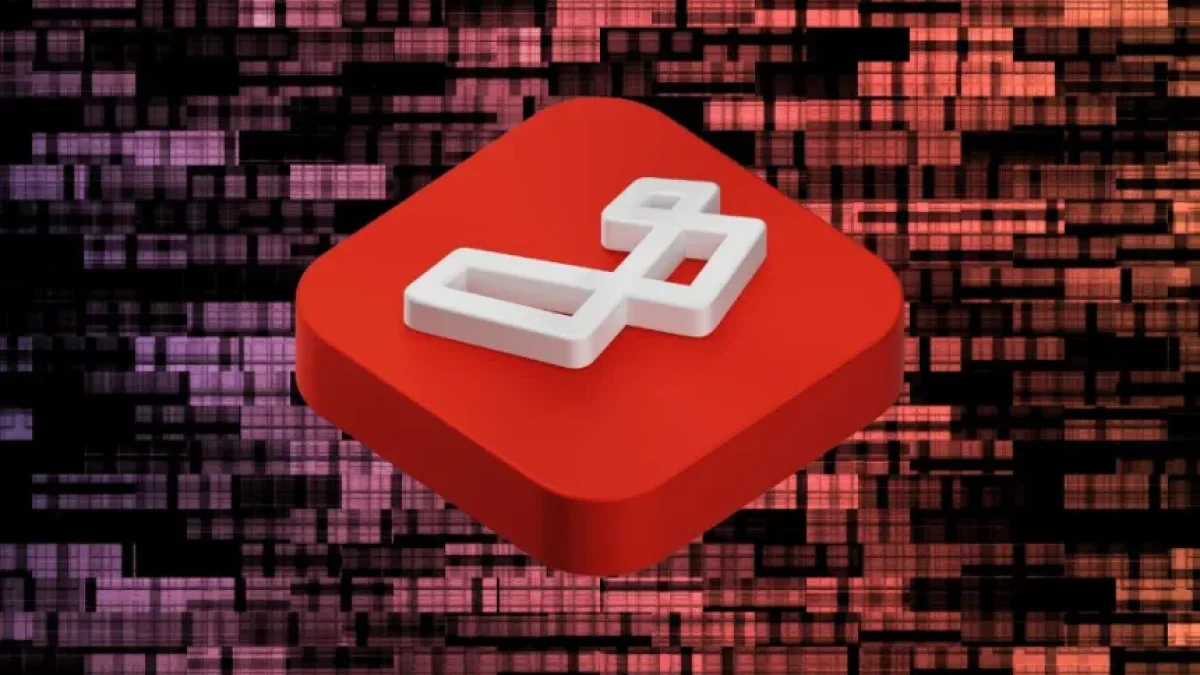Create a CRUD application in Laravel 11 easily.


The creation of web applications has become more accessible thanks to advancements in development frameworks. Laravel, one of the most popular frameworks, has released version 11, which includes improvements and new features. This article will detail how to easily create a CRUD (Create, Read, Update, Delete) application using Laravel 11, allowing developers to tackle projects efficiently and quickly.
What is Laravel 11?
Laravel is a PHP framework that simplifies the development of web applications. With its elegant structure and built-in tools, it streamlines common programming tasks such as database management and user authentication. Laravel 11 promises to offer optimized performance and features that facilitate the creation of robust applications.
Installing Laravel 11
Before starting to develop our CRUD application, we must have Laravel 11 installed. This can be done using Composer, the PHP dependency manager. The first step is to open the terminal and execute the following command:
composer create-project laravel/laravel project-nameThis command will create a new folder with the specified name and download a fresh installation of Laravel 11.
Read also
Database Configuration
Once Laravel is installed, the next step is to configure the database. Laravel uses the .env file, where you can specify the connection parameters. It is important to set the server name, database name, username, and password by adjusting the following lines in the .env file:
DB_CONNECTION=mysql
DB_HOST=127.0.0.1
DB_PORT=3306
DB_DATABASE=database_name
DB_USERNAME=username
DB_PASSWORD=passwordMake sure that the database exists on your server.
Creating the Migration and Model
To manage data in Laravel, migrations and models are used. Migrations allow you to define the database schema using code. To create a table, run the following command in the terminal:
Read also
php artisan make:migration create_items_table --create=itemsThis command will generate a migration that can be edited to define the structure of the items table.
public function up()
{
Schema::create('items', function (Blueprint $table) {
$table->id();
$table->string('name');
$table->text('description');
$table->timestamps();
});
}After defining the table, you can run the migration with the command:
php artisan migrateCreating the Controller
With the table created, the next step is to generate a controller to handle CRUD operations. To do this, use the following command:
php artisan make:controller ItemController --resourceThe resulting controller will include methods to handle requests for creating, reading, updating, and deleting items.
Defining Routes
Routes are crucial for the application to function correctly. Laravel allows you to define routes easily, and for a CRUD application, you can add the following lines in the routes/web.php file:
Route::resource('items', ItemController::class);This will automatically create the typical routes for CRUD operations.
Creating Views
Finally, you need to create the views that will be used to interact with the users. Laravel supports Blade, a templating engine that makes it easier to create interfaces. You can create views to display, add, edit, and delete items.
Conclusion
Creating a CRUD application in Laravel 11 is not only possible but has also become easier thanks to the new features of the framework. By following these steps, developers can build robust applications quickly and with less effort.
If you want to continue learning and discover more articles about web development and Laravel, I invite you to keep reading more news on my blog. Stay tuned!



















